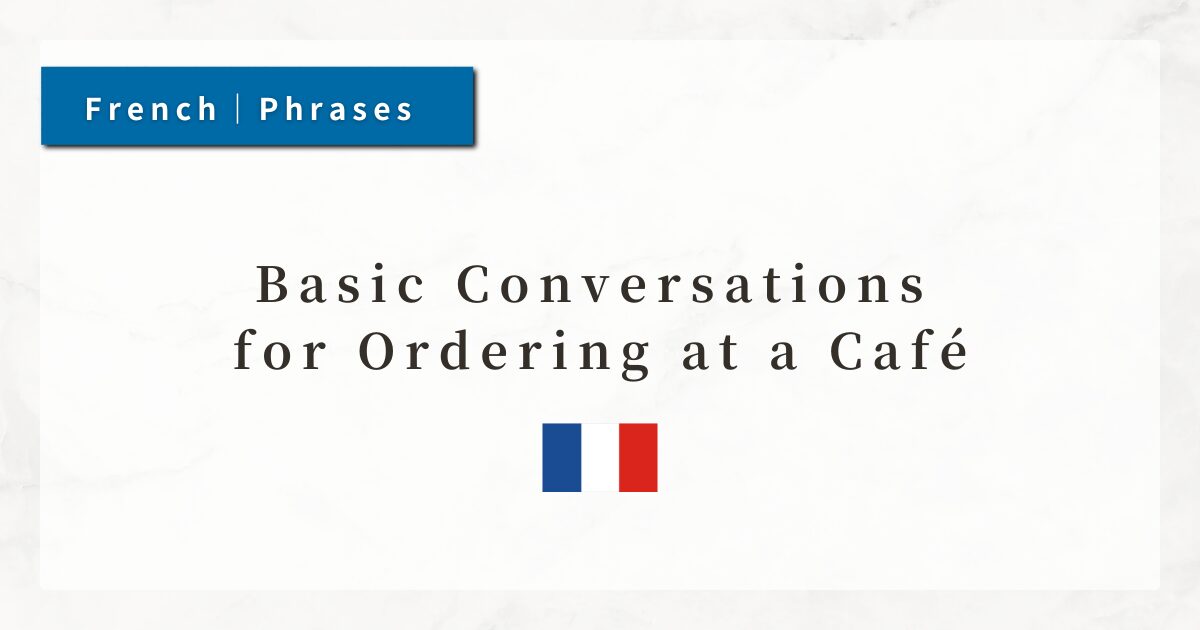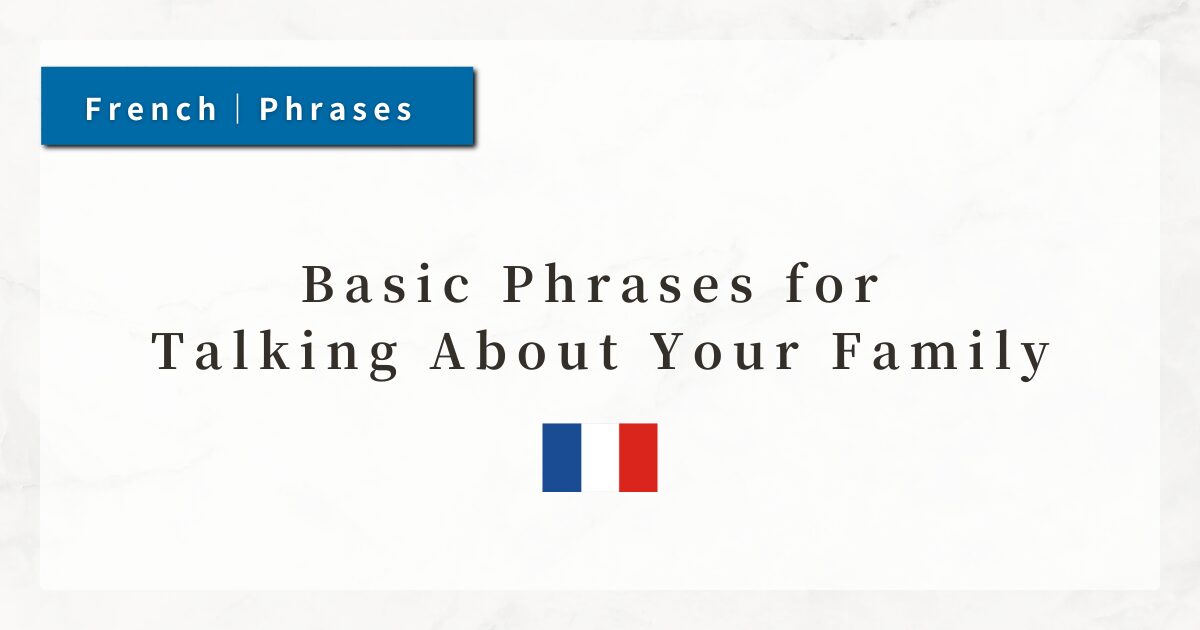#2 How to Ask About Taking the Bus|French Travel Expressions

When traveling or staying in a city, you will often find yourself using buses to get around.
However, without local knowledge, it is easy to feel lost when trying to find the bus stop or figure out how to board.
Here, I will introduce some basic French phrases that are useful when asking how to take the bus.
Dialogue

Bonjour, excusez-moi. Où est l’arrêt pour le bus 12 ?
(Hello, excuse me. Where is the stop for bus 12?))

L’arrêt est juste en face, près de la boulangerie.
(The stop is just across the street, near the bakery.)

Et pour acheter un ticket, c’est dans le bus ?
(And to buy a ticket, is it on the bus?)

Oui, vous pouvez l’acheter auprès du conducteur.
(Yes, you can buy it from the driver.)

Merci beaucoup pour votre aide.
(Thank you very much for your help.)

Je vous en prie, bon voyage !
(You’re welcome, have a good trip!)
1. Basic Question for Asking a Location
“Où est ~ ?” means “Where is ~?” and is one of the most practical questions in French.
It can be used not only for bus stops, but also for hotels, stations, restaurants, or restrooms.
- Où → where (question word)
- est → is (third-person singular of être)
- l’arrêt pour le bus 12 → the stop for bus 12
The word order is close to English, making it easy for beginners and very useful while traveling.
2. Handy Prepositional Phrases for Giving Directions
The answer “L’arrêt est juste en face, près de la boulangerie.” includes two common location expressions:
- juste en face
→ right across (the street) - près de ~
→ near ~
Locals will often respond with such phrases when giving directions, so it is helpful to recognize them.
3. Using “Et pour ~ ?” to Continue the Conversation
The phrase “Et pour acheter un ticket, c’est dans le bus ?” uses “Et pour ~ ?” to smoothly extend the conversation.
- Et pour ~ ?
→ And what about ~? / As for ~? - c’est ~ ?
→ Is it ~? (short confirmation)
This structure keeps questions short and makes it easy to continue the dialogue naturally.
4. Word Order of Object Pronouns
In “Vous pouvez l’acheter …”, the pronoun l’ (“it”) appears before the verb acheter.
In French, object pronouns (le, la, les, l’, etc.) are placed before the verb (or before the infinitive when used with modal-like verbs).
- Je l’achète.
(I buy it.)
→ “ l’ ” comes before achète - Je vais l’acheter.
(I am going to buy it.)
→ “ l’ ” comes before the infinitive acheter
Verbs like pouvoir (can), vouloir (want), and devoir (must) are called semi-auxiliary verbs.
In these cases, the object pronoun is placed between the conjugated verb (pouvez) and the infinitive (acheter).
Summary
- Où est l’arrêt pour le bus 12 ?
→ “Where is the stop for bus 12?” - juste en face / près de ~
→ useful expressions for giving locations (“right across,” “near ~”) - Et pour acheter un ticket, c’est dans le bus ?
→ simple way to ask, “Can I buy a ticket on the bus?” - l’acheter
→ object pronouns are placed before the verb (or before the infinitive).




